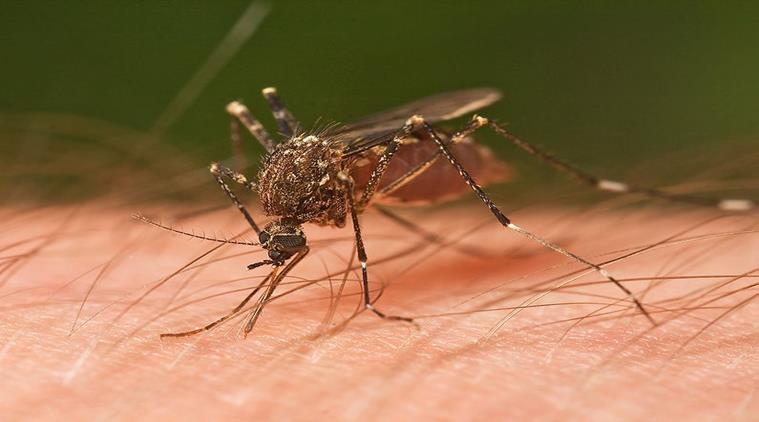
Alphavirus that is spread by mosquito bites from the Aedes aegypti and Aedes Albopictus mosquitos.
CHARACTERISTICS: Togaviridae (formerly group A arboviruses), genus Alphavirus; spherical, enveloped virions 60 nm in diameter, single-stranded, positive-sense RNA genome
PATHOGENICITY: Self limiting febrile viral disease; characterized by arthralgia or arthritis typically in the knee, ankle and small joints of the extremities, high fever, followed by a maculopapular rash; buccal and palatal enanthema can occur; nausea and vomiting may occur; mild hemorrhaging may be present especially in children; inapperent infections are common, immunity is long lasting
EPIDEMIOLOGY: Found in Africa, India, south east Asia and the Philippines
HOST RANGE: Humans, primates, other mammals, birds
Chikungunya – SIGNS AND SYMPTOMS
The primary symptoms of Chikungunya include –
- Fever which can reach 39°C, (102.2 °F)
- A petechial or maculopapular rash usually involving the limbs and trunk
- Arthralgia (bodyache) or arthritis affecting multiple joints which can be debilitating. The joint pains can be severe and even crippling.
There can also be headache, conjunctival infection and slight photophobia. Fevertypically lasts for two days and abruptly comes down, however joint pain, intenseheadache, insomnia and an extreme degree of prostration lasts for a variable period, usually for about 5 to 7 days.
Dermatological manifestations observed in a recent outbreak of Chikungunya fever in Southern India includes the following:
- Maculopapular rash
- Nasal blotchy erythema
- Freckle-like pigmentation over centro-facial area
- Flagellate pigmentation on face and extremities
- Lichenoid eruption and hyperpigmentation in photodistributed areas
- Multiple aphthous-like ulcers over scrotum, crural areas and axilla.
- Lympoedema in acral distribution (bilateral /unilateral)
- Multiple ecchymotic spots (Children)
- Vesiculobullous lesions (infants)
- Subungual hemorrhage
Chikungunya – HOW DIAGNOSIS IS DONE?
- Detection of antigens or antibody to the agent in the blood (serology)
- ELISA is available
- An IgM capture ELISA is necessary to distinguish the disease from dengue fever.